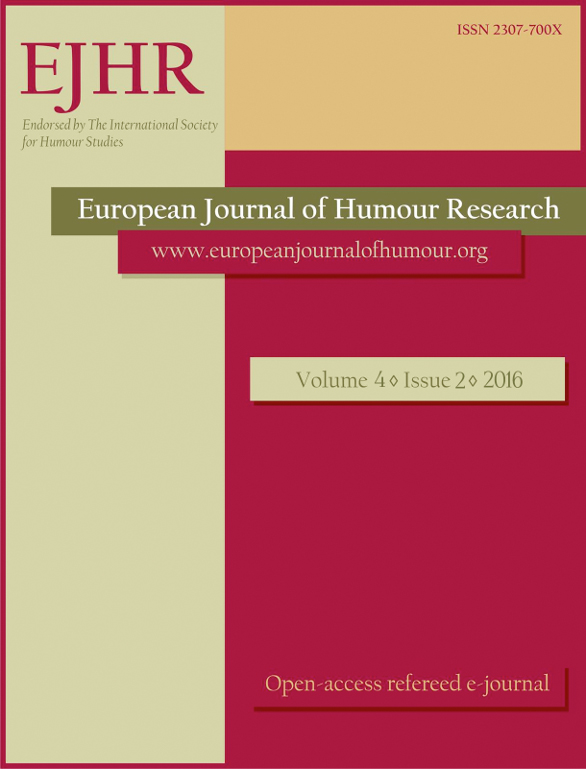The humorous language of street dissent:
The humorous language of street dissent:
A discourse analysis on the graffiti of the Gezi Park protests
Author(s): Oya MorvaSubject(s): Social Sciences, Language and Literature Studies, Theoretical Linguistics, Applied Linguistics, Communication studies, Sociology, Pragmatics, Sociolinguistics, Descriptive linguistics
Published by: Krakowskie Towarzystwo Popularyzowania Wiedzy o Komunikacji Językowej Tertium
Keywords: humour; social movements; graffiti; Gezi Park protests; discourse analysis;
Summary/Abstract: Owing to its critical and creative potential, humour has often been used as one of the preferred means of resistance in social and political protests. In addition, the presence of humour is also increasing in the new social movements of recent history. The essential questions that this article aims to answer are how humour functions and what its purpose is amidst a time of numerous and notable social movements. During the 2013 Gezi Park protests in Turkey, the protesters made significant use of humour that specifically targeted the control of the authorities over public life, thus providing a good case with which to study humour in social movements. One form which the protesters used to disseminate humorous messages was graffiti. In this article, the graffiti from the Gezi Park protests is examined using a critical discourse analysis model. In order to achieve the intended aims, Van Dijk’s (1995) understanding of ideological discourse analysis arguing that dominated groups may have ideologies that effectively organise the social representation needed for resistance and change, is taken as a point of departure. However, this work specifically relies on Fairclough’s (1992) three dimensional discourse analysis that covers the object (the text), the process (discursive practice) and the socio-historical conditions (social practice). Research on the language of Gezi graffiti shows that the humorous language of the protesters identified and differentiated the actors of the movement, and it did not only help them to cope with the domination and oppression to which they were subjected, but also increased support for development in the desired direction.
Journal: The European Journal of Humour Research
- Issue Year: 4/2016
- Issue No: 2
- Page Range: 19-34
- Page Count: 16
- Language: English

